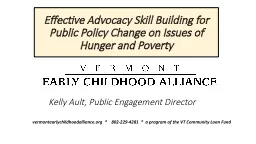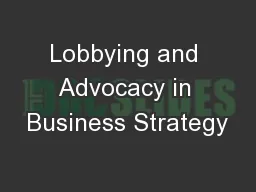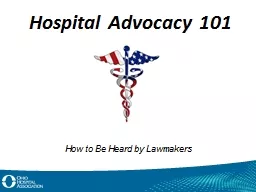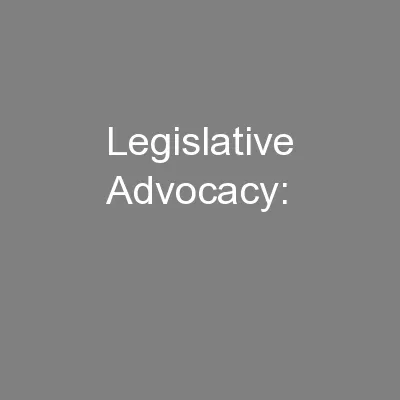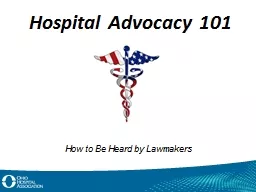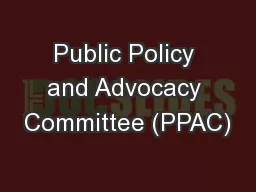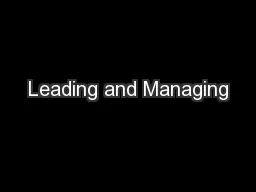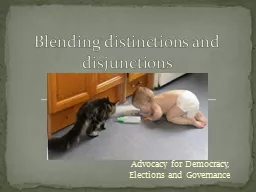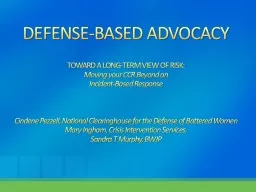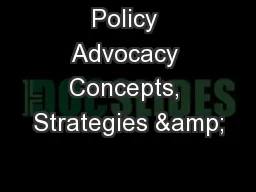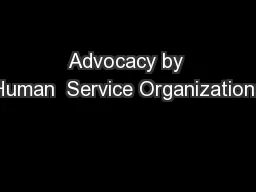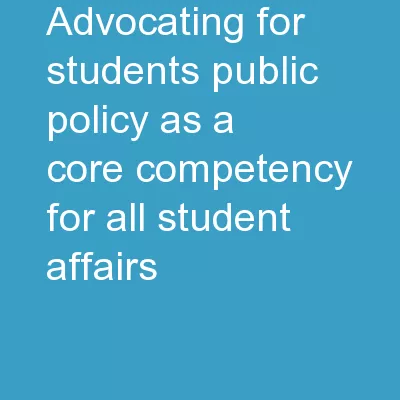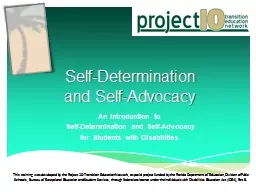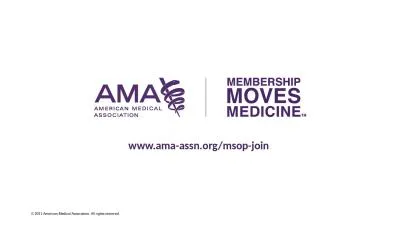PPT-Effective Advocacy Skill Building for Public Policy Change
Author : trish-goza | Published Date : 2017-07-17
vermontearlychildhoodallianceorg 8022294281 a program of the VT Community Loan Fund Kelly Ault Public Engagement Director The Vermont Early Childhood Alliance
Presentation Embed Code
Download Presentation
Download Presentation The PPT/PDF document "Effective Advocacy Skill Building for Pu..." is the property of its rightful owner. Permission is granted to download and print the materials on this website for personal, non-commercial use only, and to display it on your personal computer provided you do not modify the materials and that you retain all copyright notices contained in the materials. By downloading content from our website, you accept the terms of this agreement.
Effective Advocacy Skill Building for Public Policy Change: Transcript
Download Rules Of Document
"Effective Advocacy Skill Building for Public Policy Change"The content belongs to its owner. You may download and print it for personal use, without modification, and keep all copyright notices. By downloading, you agree to these terms.
Related Documents

